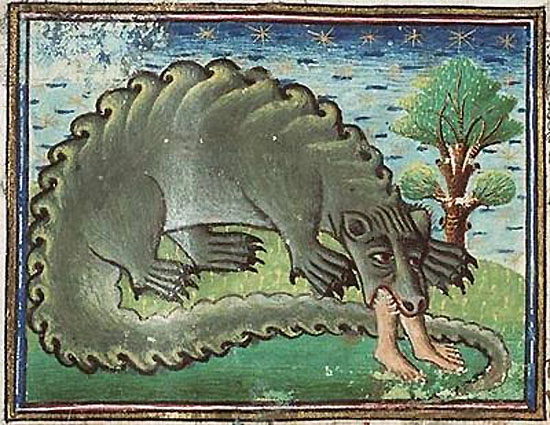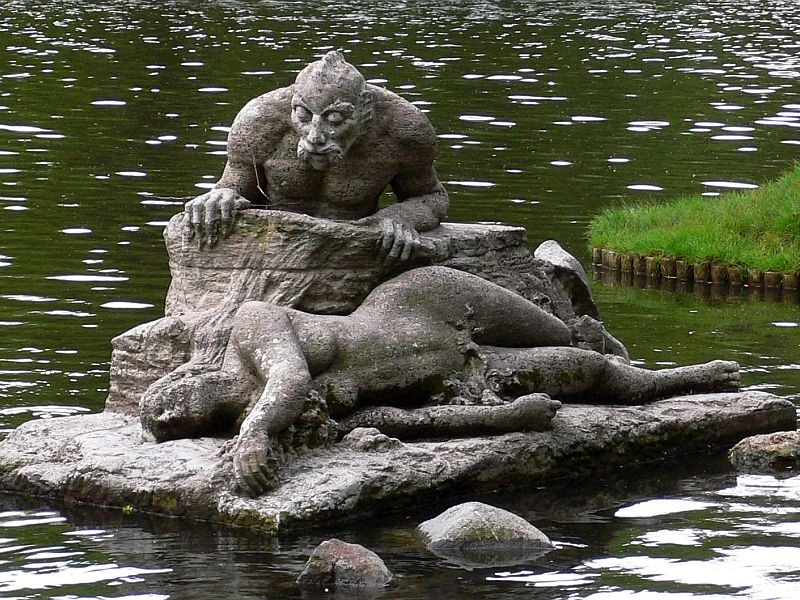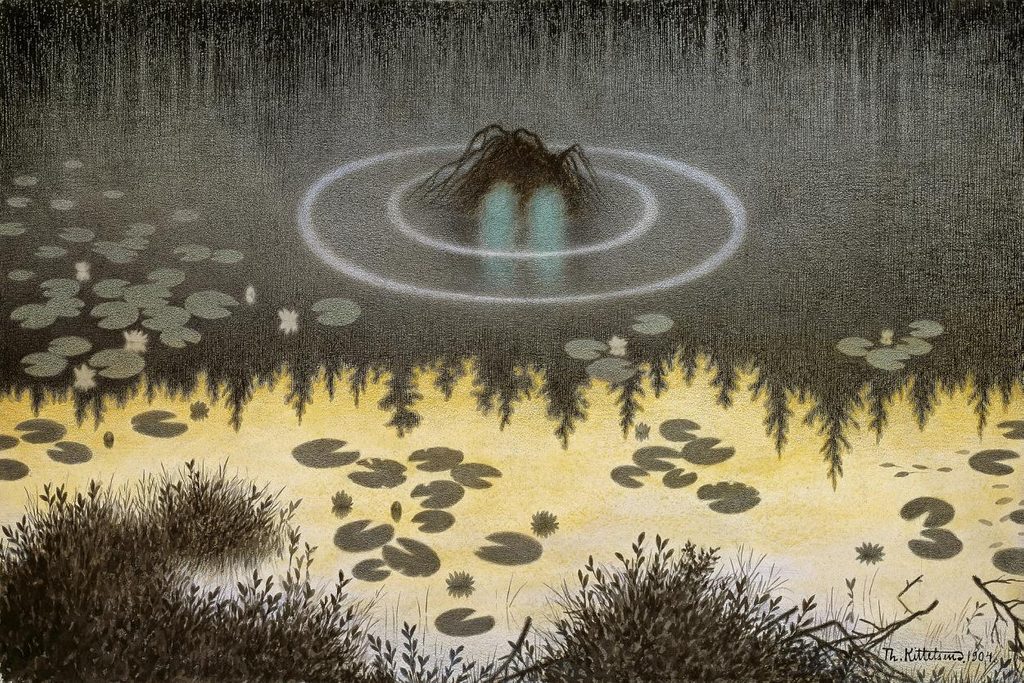The culmination of the largest Loch Ness Monster hunt in over 50 years has yielded numerous accounts describing potential sightings, although none have provided definitive proof.
As the extensive search for the legendary creature concluded last Sunday in Scotland, multiple instances of potential sightings were documented. Nevertheless, concrete evidence confirming the existence of the renowned beast remains elusive.
‘Nessie’ is of course one of the most famous mythical creatures on earth, and many cultures around the world have similar legends of mysterious monsters and entities.
Belgium, a country steeped in history and folklore, also boasts a captivating array of mythical creatures that have fascinated generations with their stories. From the depths of rivers to the shadows of forests, these creatures have woven themselves into the fabric of Belgian culture, leaving their mark on the imagination of the people.
'Mahwot'
In the heart of the Ardennes, the Mahwot, a fearsome creature, is said to live in the Meuse River. Resembling a lizard-like amphibian of calf-like proportions, the Mahwot roams the riverbed between Revin and Liège, fulfilling a unique purpose – keeping children away from the water.

Credit: Midjourney AI
An aquatic bogey, legend has it that the creature harbours no hesitation in ensnaring and devouring any unwary child who ventures too close to the Meuse's edge. The Mahwot's rare appearances on land are believed to foreshadow doom, be it death, war, or pestilence. Local legend has it that angry mothers can summon the creature from the water to discipline mischievous children.
'Kludde'
In the lands of East Flanders, and scattered across Belgium, the Kludde is known as a nocturnal terror, its eerie cries echoing through the night.
Often referred to as the Kleure, Klerre, Kledde, or Waterkledde, this creature is a creature of torment. Some accounts paint the Kludde as a furry, dog-like being that walks on its hind legs, adorned with heavy bracelets and bear-like claws. Its sinister maw, green scales, and crimson eyes instil fear into all who cross its path.

Kludde. Credit: Fandom
A nefarious child predator, the Kludde's monstrous purpose is to drag unsuspecting children beneath the waters, leaving a trail of dread in its wake. Tales whisper that slaying one only creates seven more.
The Kludde's lair lies within reeds, under bridges, and within hollow trees. A simple handkerchief may be salvation, as the creature is compelled to painstakingly rend it apart, strand by strand. The Kludde's origins might be rooted in the municipality of Dender, but its ominous presence extends far beyond, a harbinger of nightmares and danger that beckons from the shadows.
'Bullebak'
The legend of the Bullebak exists in two incarnations, with differing tales depending on the region.
In some areas, it is said to emerge as a creature that prowls the night, intimidating with its dreadful roar. However, in the north of the country, the Bullebak's terror is focused on children.

A medieval-era representation of the monster.
Armed with a menacing hook, it lurks by the water's edge, seeking to claim the unsuspecting youth, pulling them into its watery abyss. Curiously, though, children who yield to this paradoxical creature’s grasp find themselves immersed in a world of enchantment, gazing upon palaces illuminated by beautiful lights and stars.
'Nikker'
Across Europe, the Nikker, known by various names, is a figure that strikes terror into the hearts of many.
It is described as a dark shapeshifting water demon that lurks in swamps, ditches, and wells. With a bloodthirsty intent, it ensnares its victims with a hook to draw out their life essence. Its fiery red hair and toad-like appearance set it apart from the realm of humanity.

The German "Nök von Meeresgrunde" bears a close resemblance to the Nikker. Credit: Fandom
The Nikker's sinister reputation extends to its ability to mimic the cries of children in distress, luring adults to their doom. Its hunger for blood knows no bounds, and its presence instils dread in those who dare to venture near the water's edge.
'Witte Wieven'
Veiled in mystery, the Witte Wieven, or "White Women," evoke both fascination and trepidation. These beings are likened to elves, beckoning unsuspecting souls to follow them into the unknown, never to return.
Some tales cast them as restless spirits, driven by past sins or seeking vengeance against men. The Witte Wieven, with their knowledge of lost treasures, are said to inhabit the very hills and burial mounds that dot the landscape.
While they may aid with harvests and childbirth, they are also known for malicious deeds, stealing milk and beer through the tiniest crevices, and committing acts of assault against men. Those who encounter them risk either a euphoric or agonising demise.

